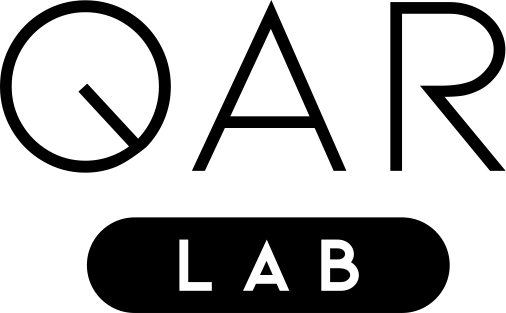Which computers does the QAR-Lab work with?
Evaluation and use of QC technologies
Two types of quantum computers
In addition to theoretical preparatory work, such as use case analysis and knowledge transfer, prototypes and algorithms developed in the QAR-Lab can already be evaluated on a variety of quantum computing hardware. We currently use two different quantum computing hardware technologies.
Quantum Annealer
–
Universal Gate Quantum Computer
–
We are currently working on the following quantum computers
We develop and test quantum computing algorithms and their practical execution on the following hardware platforms, among others:
D-Wave Systems Advantage
Canadian hardware manufacturer D-Wave Systems Inc. was the first and only commercial supplier for quantum annealing. The D-Wave Advantage is particularly well-suited for solving optimization problems. The QAR-Lab has already tackled numerous such problems, from pure logic problems such as 3SAT and the Game of Life to practical applications such as airport gate assignment or capacitated vehicle routing, especially in hybrid execution using D-Wave’s ocean library.
–
© D-Wave Systems Inc.
Fujitsu DAU
Fujitsu’s Digital Annealer uses a digital circuit design inspired by quantum phenomena. It is used to solve complex combinatorial optimization problems rapidly. The QAR-Lab has already been able to perform numerous calculations via the Digital Annealer.
–
Rigetti Ankaa-3
Rigetti quantum processors are universal gate-model computers based on superconducting qubits. With its Forest SDK, Rigetti uses a development tool optimized for NISQ computers to perform hybrid quantum-classical algorithms. The QAR-Lab has already implemented various variational algorithms, such as the QAOA and VQE approach, on the Rigetti Aspen-8 processor with 32 qubits.
© Drew Bird
Photography
IBM Q System Two
IBM Q System Two includes the company’s own series of universal gate-model computers whose quantum processors are based on supra-conducting qubits. Algorithms are executed using the open-source Qiskit SDK. The QAR-Lab has already realized extensive benchmarks of a plethora of quantum algorithms experimentally on these QPUs.
© IBM Quantum
IonQ Forte
IonQ’s universal gate-model computers utilize ion trap-based qubits. They use ytterbium ions and integrate highly specialized acousto-optic deflectors to direct laser beams at individual qubits in the ion chain and apply logic gates between the qubits. The QAR-Lab has already realized extensive benchmarks of various quantum algorithms on QPUs of IonQ experimentally.
© IonQ
Furthermore, the QAR-Lab is in talks to use the following additional hardware platforms
Quantum Inspire by QuTech
Quantum Inspire is a platform designed, built and driven by QuTech, an advanced research center for quantum computing and quantum internet that was founded by Delft University of Technology and TNO. In particular, it provides a graphical user interface to program quantum algorithms in language QASM and to visualize those operations via circuit diagrams. There are two quantum processors available (Spin-2, Starmon-5) as well as two simulators (QX-26, QX-31). There are several code examples, for example to perform quantum classification or Grover’s algorithm.
–
© Cheesework for QuTech
Quantum Brilliance
The Australian hardware manufacturer Quantum Brilliance builds and sells room-temperature quantum computers powered by synthetic diamond, enabling applications in edge quantum computing and hybrid quantum-classical computing. The goal of Quantum Brilliance is a future for ubiquitous quantum computing.
–

